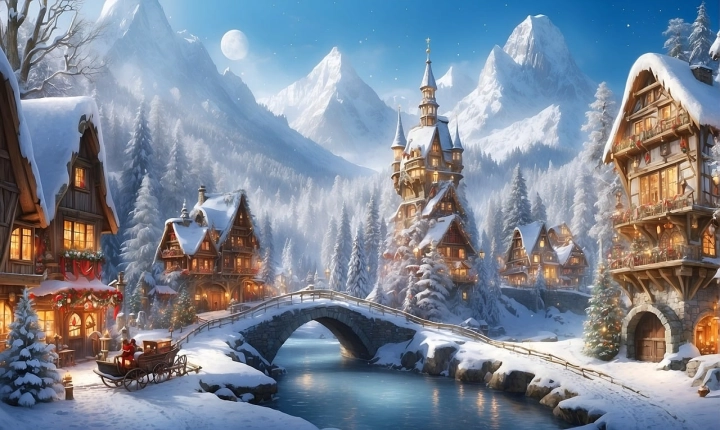Artificial intelligence (AI) has been making great strides in the field of creativity, and one of the most fascinating applications of AI in the art world is its ability to paint. With advancements in machine learning and neural networks, AI-powered painting tools have become increasingly sophisticated, producing stunning works of art that rival those created by human artists.
One of the most well-known AI painting tools is Google’s DeepDream, which uses a neural network to generate dream-like images that are both surreal and otherworldly. The results of these AI-created paintings are often characterized by their vibrant colors and intricate patterns, demonstrating the machine’s ability to interpret and stylize visual information in a unique way.
Another popular AI painting tool is Artbreeder, which allows users to blend and manipulate images using AI to create new, original artworks. Through a process known as “generative adversarial networks” (GANs), the AI can create endless variations of an image, resulting in a wide range of artistic styles and aesthetics.
The concept of AI-generated art has sparked debates about the nature of creativity and the role of the artist in the creative process. Some argue that AI-produced art lacks the emotional depth and personal expression of human art, while others see AI as a new tool for artists to explore and expand their creative possibilities.
Critics of AI art fear that it may devalue the work of human artists and lead to a homogenization of art styles. However, proponents believe that AI can complement human creativity by providing new tools and methods for artistic expression.
In addition to its potential impact on the art world, AI painting also raises questions about the ownership and authenticity of AI-generated artworks. As AI becomes more adept at producing art, issues of copyright and authorship may become more complex, raising questions about who owns the rights to AI-generated creations.
Despite these concerns, AI painting has the potential to democratize art, making it more accessible to a wider audience and fostering innovation and experimentation in the creative process. As AI technology continues to evolve, we can expect to see even more exciting developments in the realm of AI art, with new tools and techniques that push the boundaries of what is possible in the world of painting.
In conclusion, AI has the ability to create captivating and visually stunning works of art, challenging our traditional notions of creativity and artistic expression. While AI painting may raise some ethical and philosophical questions, it also offers exciting opportunities for growth and innovation in the art world. As AI continues to advance, we can look forward to seeing how it will reshape the landscape of art and inspire new forms of creativity and expression.
